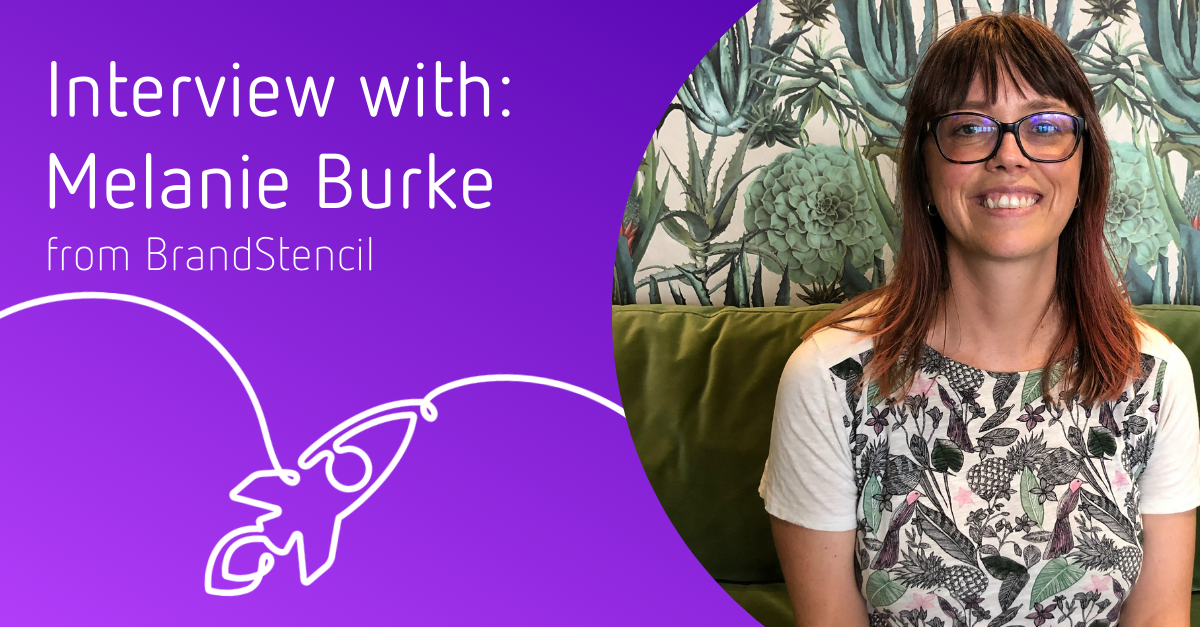You can’t take feeling good about work for granted, can you?
With a supportive culture and some amazing clients, we’re lucky at Bright. And as some of us start stepping back into the office, Employer Branding Awareness Week seems more extra-relevant this year.
But not just to us.
According to research by Wonderful Workplaces, 94% of candidates consider an employer’s brand when applying for jobs. And 45% of passive job seekers would apply for a job if it was to work for an amazing brand.
So whether it’s attracting new candidates, keeping the ones you have happy or talking the language of your target audience, a healthy brand means better business.
But where do you start?
Taking a deep-dive diagnosis and creating an employee value proposition
According to Mark Riston, Virtual Marketing Professor on the Marketing Today Podcast, you’ve got to diagnose your brand before you think about improving it.
Ritson suggests the ten sources of insight that brand managers should be looking at are:
- Location - going back to where your brand was actually born
- Heritage - study the archives and look at your brand’s heritage
- Founders - speak to those who created the brand (or read about them)
- Secondary data - look at all of the supporting evidence you can find
- Loyalty data - talk to customers and find out why they love (or loved) the brand
- Survey the wider market - revealing what the drivers and where any gaps may be
- Focus groups - spare some budget to test your position with desired customers, too
“You split up brand management into three distinct slices, the first part diagnosis, the next strategy, the final part tactics,” says Ritson.
Undoubtedly, this insight will give you everything you need to ensure your brand position is unique and desirable to customers. But what about your staff?
This is where the employee value proposition (EVP) steps in.
An EVP is essential for the modern brand - especially as we pivot into more remote ways of working.
“Essentially, it’s a ‘people promise’ where you outline what you uniquely offer as an employer and what you expect to get in return from the people you hire,” says Victoria Heyward, our Employer Brand and Communications Manager at Bright.
An important piece of work, it covers all aspects of the business, says Heyward. “From recruitment, to learning, to reward, recognition and culture building, the EVP has a direct role to play in shaping what it's really like to work for your company,” she said.
But what should it include?
According to Smarp, leaders in employee communications & advocacy, a good EVP includes:
- Financial rewards - a competitive base salary, bonuses and stock options
- Employment benefits - gym memberships, communal food and drinks, staff trips and away days are just some of the perks you could include
- Career development - making sure there isn’t a ‘glass ceiling’ in terms of promotion, leadership development and training opportunities
- Work environment - this could include flexible working hours, team building, workspace design and a sense of work-life balance
- Company culture - the balance of trust, support, collaboration and communication between teams. Also, how aligned employees are with the company’s goals
Graphic design company Canva has a great employer value proposition. Along with benefits like meals prepared by in-house chefs, free gym memberships and a relocation budget, they have a flexible workspace and contribute to various sustainability projects - allowing employees to feel good about their work.
But for a healthier brand, the image you project to the world is just as important as your internal processes.
Taking stock of your assets - and getting them aligned
We’ve spoken recently about getting your digital ducks in a row, but a spring clean of your assets does more than create efficiencies in house; it tells customers that you’re consistent, confident and comfortable in your own skin.
Social imagery is an area that often trips brands up. And not just because of constantly-shifting goalposts around sizes and text overlays.
Making some small tweaks to the style of your assets can make a big difference in how much engagement they receive.
Take Twitter for example: It’s in the company’s best interest that, if you tweet using the platform, your brand is engaged. So its recommendations for creating a consistent visual brand is a good place to start. Joe Wadlington, Columnist at Twitter Business, says there are three steps you should follow:
- Maintain a consistent palette - use one main colour and a few accent hues to make your images feel distinctly you
- Evoke a feeling with filters - filter consistency can also give your pictures a similar look and feel
- Stamp your authority with text overlays - images can travel fast online, so make sure they know the source is you
Want to learn more about how you can create a cracking design brief for your brand? Check out The Big Bright Podcast below!
Our own Digital Asset Management (DAM) solutions Asset Bank & Dash make it easy to optimise your digital assets so that they’re ready to go. Once you’ve uploaded your brand assets into the DAM system, you’ll be able to crop and download preset sizes - handy for the ever-changing rules of social media. Not only that, you’ll find options to help with web and email marketing image formatting as well. Once you’re done, it’s easy to share single assets or curated collections with teams or external partners - great for keeping things consistent.
But images and videos are only part of the puzzle; your words have got to work just as hard, too.
Balancing authenticity and originality in storytelling
We talked recently about how brand stories can help to ensure your comms and campaigns are consistent. Stimulating the imagination, they also activate parts of the brain that other types of communication don’t.
But you’ve got to be authentic.
In a bid to attract climate-conscious millennials and Gen Zers - groups who are known to pay more for sustainable products - there’s a growing trend of “greenwashing” among modern brands. And if you’re not practicing what you preach, it’s a dangerous yarn to spin.
For the planet, consumers and your brand.
According to marketing strategist Kate Richardson, some brands are confusing the need to stand for something genuine with standing for something worthy.
“Brands are right to think about the drivers of authenticity relevant to their category, story and product; however, companies should carefully consider the pitfalls of hitching themselves to the social purpose wagon as they risk diluting a distinctive position and diminishing their credibility,” says Richardson in ‘Authenticity, purpose and fakery - the challenge for brands’ from Eat Your Greens.
But it’s not just false advertising brands should be aware of.
Consumers bring their own biases with them when they make purchasing decisions - albeit subconsciously.
In a crowded market - and one where your target audiences are being led by a number of unconscious biases - being distinctive is one of the most important things your brand can do.
Take cloud monitoring for example: in a space filled with serious types like LogicMonitor, Amazon CloudWatch, Google Cloud Operations and Threat Stack, it’s the much more distinctive Datadog that’s become the brand to watch. In fact, recent reports suggest the brand’s first quarter revenue was up 51% from the year before
Now, we’re not saying the brand’s success was down to it’s cutesy dog logo alone; but in a space full of asymmetric shapes and graphs for brand marks, it certainly makes them memorable.
“Brands must seek inspiration from beyond their category. If they do so they will see one of the common factors of the few brands who have created a genuine step-change in their category is that they were highly distinctive,” says Richard Shotton, author of The Choice Factory.
So, stand out to get noticed - makes sense. But is it possible to create the sort of brand that people actually love?
Create unbreakable bonds with employees and customers
A paper published in the Journal of Consumer Research looked at whether close brand relationships can combat physical pain? 1,511 participants took part and named the likes of BMW, Nike and Apple as brands they felt a close affinity too before being tested.
The results were surprising.
Across seven experiments - including placing their hands in an ice chest - those that saw their favoured brand on a laptop during the test reported lower levels of pain.
The authors concluded that favoured brands have become ‘relationship partners’ to participants. But Helen Edwards, columnist at Marketing Week, thinks this explanation is a little reductive. She argues there’s no common thread that creates this ‘brand for me’ sensation.
“It is more like an amalgam than a solitary ingredient - a sense of authenticity, integrity and inner strength that some brands convey, which disproportionately suggests them to consumers as potential expressions of identity,” she says in ‘Is there any such thing as brand love?’ from Eat Your Greens.
So, just be yourself. The right customers and candidates for you will soon follow.
Because just like any good partnership, one that’s built on trust and loyalty, they’ll need to fall for the real deal for it to last.
The ultimate Bright brand toolkit checklist — a summary
1. If focusing on your Employer Brand, formulate an employee value proposition aka, your ‘people promise’2. Ensure your digital assets are up to date and aligned with your brand
3. Create your authentic brand story
4. Build an unbreakable bond with your customers
5. And - most importantly - be yourself



